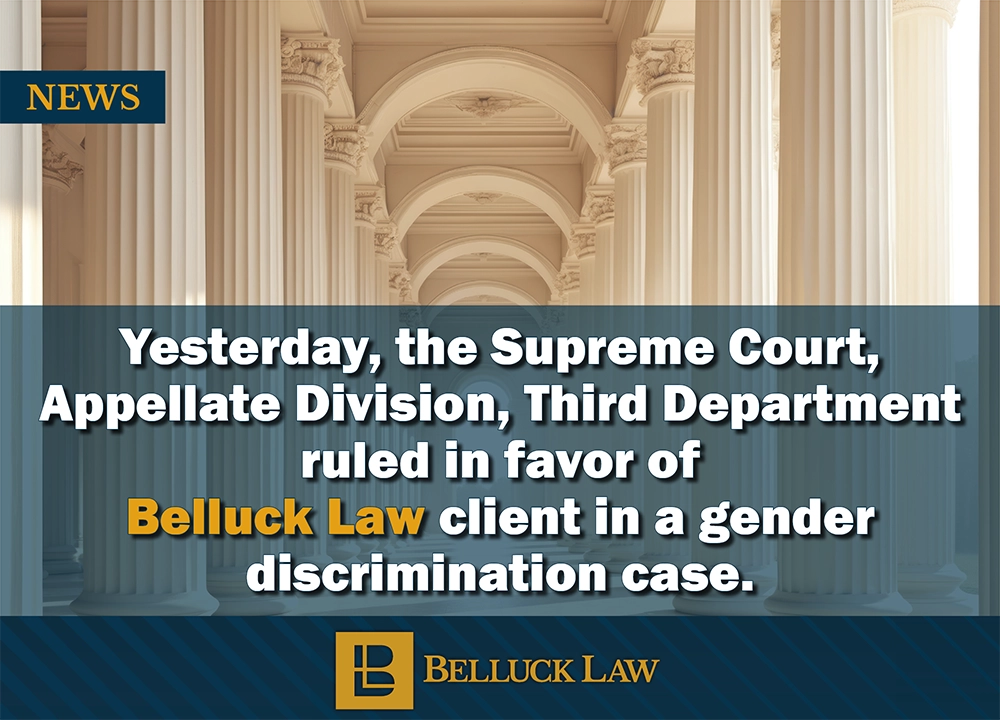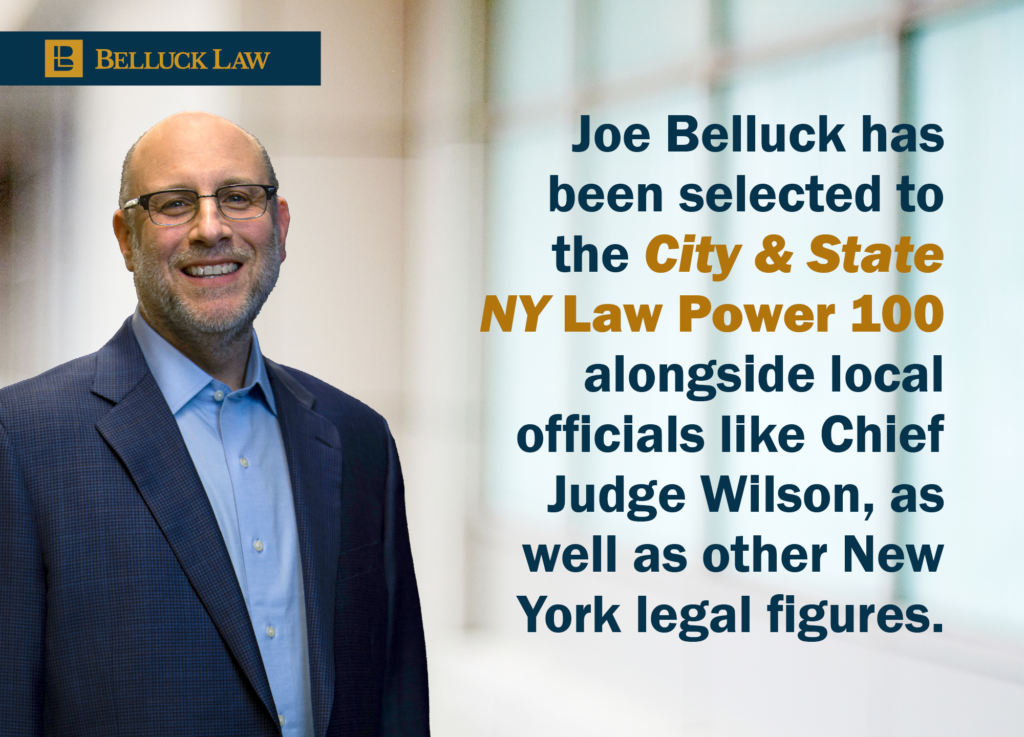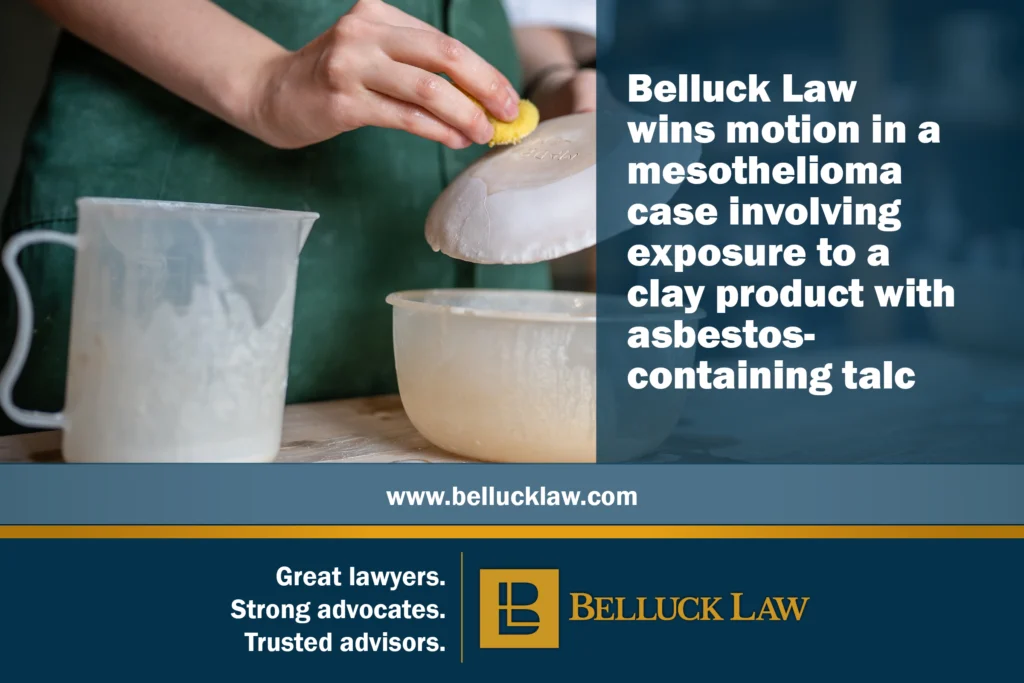EPA Finally Admits Asbestos Presents an “Unreasonable” Health Risk

In 2016, the Environmental Protection Agency (EPA) finally designated asbestos as a chemical targeted for risk evaluation. A recent release by the agency in June 2022 was the final scope of Part 2 of this risk evaluation, performed under the Toxic Substance Control Act, as amended by the Frank R. Lautenberg Chemical Safety for the 21st Century Act. Notably, the EPA concludes for the first time that asbestos – a known human carcinogen – presents an “unreasonable” health risk to workers under certain conditions. The EPA has a deadline of December 1, 2024, to complete and publish the risk evaluation.
At Belluck Law, we are watching the EPA’s efforts carefully to conduct this risk evaluation in good faith and to ensure that the public knows just how dangerous asbestos can be. Asbestos exposure and its associated health risks – the sole cause of mesothelioma cancer – are not topics that we take lightly. While we believe this risk evaluation is a long overdue measure by the EPA, we are encouraged to see that their evaluation intends to cover a broad range of important issues pertaining to asbestos exposure, particularly in the area of legacy uses.
Part 1 of this evaluation was published in December 2022, and the first two of three installments of Part 2 were published in January 2021 and January 2022, respectively. In Part 1 of the risk evaluation, the agency concluded that chrysotile asbestos poses an “unreasonable” risk to human health after reviewing 32 conditions of use. The dangers of asbestos are posed to consumers, bystanders, occupational non-users, and workers in both direct and indirect contact with asbestos. The scope of Part 1 was limited to chrysotile asbestos since it is “the only form of asbestos known to be imported, processed, or distributed for use in the United States, including in manufacturing, processing, distribution in commerce, occupational and consumer uses, and disposal,” according to the EPA.
Part 2 of the risk evaluation centers on legacy uses of asbestos and its disposal, as well as describing previous asbestos uses, avenues of exposure, and impacted populations of that exposure. Due to this shift in focus, the use and presence of talc and five other types of asbestos fibers were included and addressed, in addition to chrysotile asbestos mentioned in Part 1. Construction materials would be evaluated as a legacy use due to their exceptionally high prevalence and opportunities for exposure. Talc is still found in many consumer products produced and used today, either as a main ingredient or as a filler, such as in lubricants, dusting powders, paint, paper, and roofing materials.
Our mesothelioma clients are victims of not only the long-term health ramifications produced by asbestos exposure but also the companies that used asbestos and asbestos-related products in abundance in the workplace. We are hopeful that the EPA will take steps to recommend a broad ban on asbestos products. Our attorneys will not stop fighting until our exposed clients and their families receive the justice they deserve.




